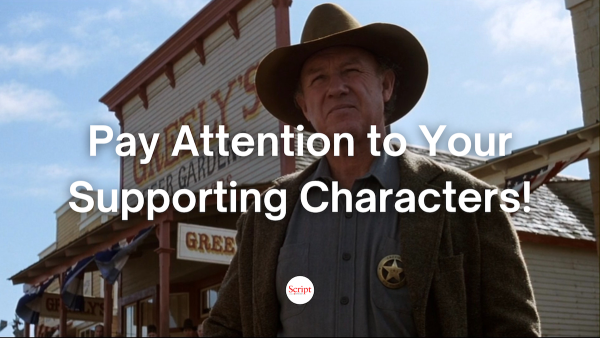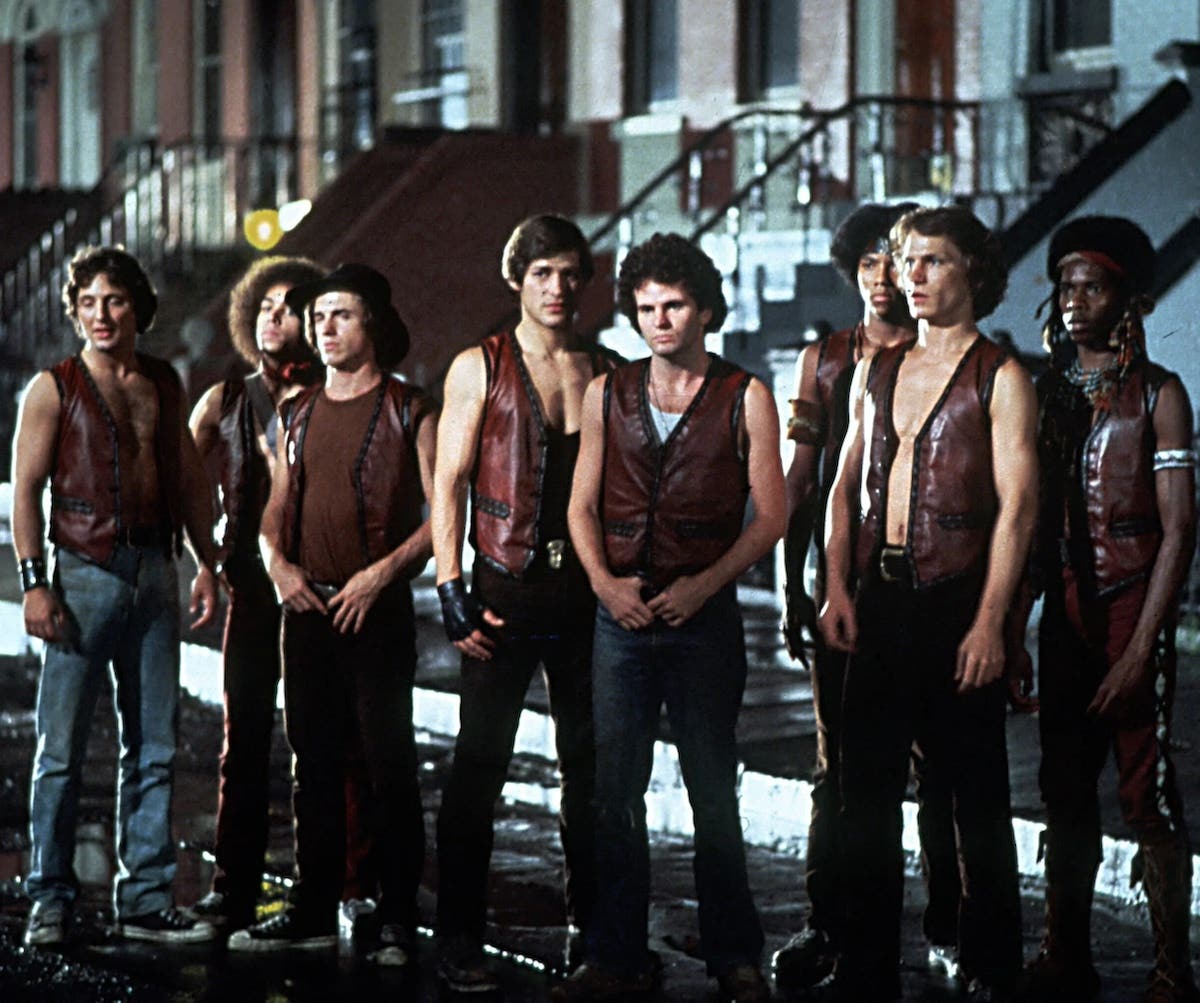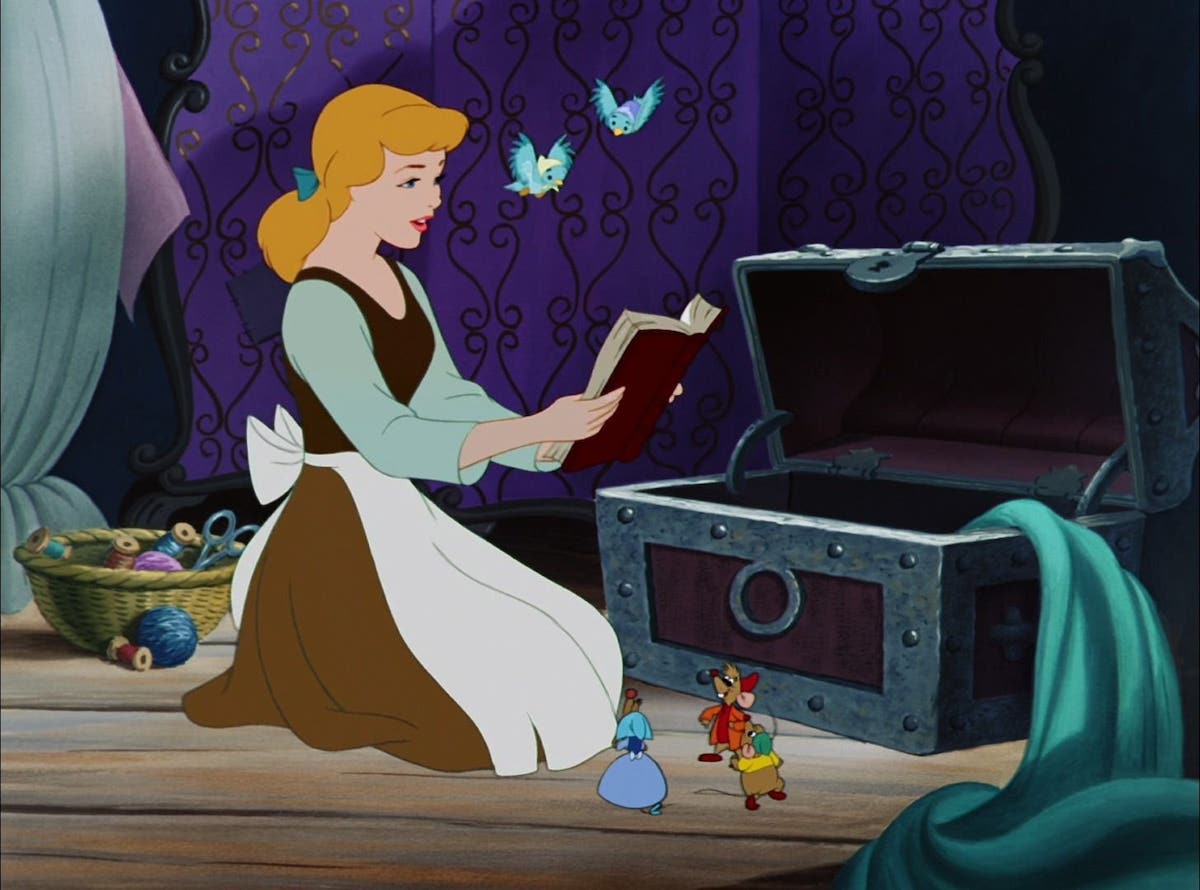Storytelling Strategies: Escape Hatches in ‘Iron Man 3’
What the special effects couldn’t conceal Back in the days when I was a student of Samson Raphaelson, a screenwriter from Hollywood’s golden age, he shared a story that he…
What the special effects couldn’t conceal
Back in the days when I was a student of Samson Raphaelson, a screenwriter from Hollywood’s golden age, he shared a story that he said described the fundamental task of a screenwriter:
In the late 19th century, a retired British colonel was visiting his family; his grandchildren gathered around and begged him to tell them a story about his time in Africa.
“There was one occasion, when I was hunting a wounded lion,” he said, “which is the most dangerous kind -- angry and unpredictable. I was tracking him deeper into the jungle than I’d ever gone -- so deep that my guide became frightened and ran off. I persisted nonetheless, tracking him, alone, till I spotted him at the far side of a clearing. He saw me and charged. I raised my gun, aimed, and pulled the trigger. The gun jammed. I threw it down and began to run, but suddenly came to the edge of a vast abyss, a thousand feet deep and ten miles wide. I could go no further. The lion was gaining. I ran to my right but saw a herd of wild elephants charging my way. I turned to the left and saw a herd of wild hyenas coming at me. The elephants were ready to trample me, the hyenas about to tear me limb from limb, the lion ready to leap, and the abyss gazed up at me.”
“What did you do, grandpa -- what did you do?” asked the grandchildren.
“What could I do?” he said. “I got killed.”
Raphaelson added that it was the job of a screenwriter to put a character in that situation, and then get him out of it without getting him killed. If you’ve seen Raphaelson’s Trouble in Paradise (1932, directed by Ernst Lubitsch) it’s clear he knew how to pull that off.
The Escape Hatch
To refine the task a bit, the question is: how can a writer get a character out of a bad situation in a way that is convincing and satisfying and doesn’t seem contrived or leave the viewer/reader disappointed?
The key to this is in the setup -- an escape hatch needs to be woven into the fabric of the screenplay in such a way that the audience notices it but attaches an unrelated meaning, leading to a surprise twist -- and one that seems earned -- when the escape hatch is revealed and the character escapes.
The subtle introduction of the escape hatch is the plant -- its revelation as a surprise twist is the payoff.
A good example of this is can be seen in North by Northwest (1959, written by Ernest Lehman and directed by Alfred Hitchcock). At a critical juncture, the main character, Roger Thornhill, is held at gunpoint while the female lead, Eve Kendall, is being escorted to an airplane and her certain death. A gunshot is heard, and Roger emerges unscathed and rescues Eve.
Did he overpower his captor? Make a quick move that made his captor miss? Neither: he realized his captor’s gun had only blanks -- and he knew it because he recognized it as the very gun used by Eve earlier to fake a killing. The gun -- the escape hatch -- was planted in one context and paid off in another, yielding a memorable and satisfying escape.
Almost thirty years later, another well-crafted action film, Midnight Run (1988, written by George Gallo and directed by Martin Brest) displayed real virtuosity in putting the main characters into a series of seemingly impossible predicaments and getting them out in a satisfying way. The escape hatches in this case were established primarily by orchestrating the machinations three antagonists -- the FBI, the Mob, and a rival bounty hunter.
The Iron Man’s Predicament
Iron Man 3 (written by Shane Black and Drew Pearson, directed by Black) presents numerous occasions for the main character, Tony Stark, to get into seemingly impossible situations and then (spoiler alert!) get out of them without getting killed.
However, unlike these previous films, Iron Man 3 seems more improvised and haphazard. Rules are established, then violated, and one critical escape hatch -- the secret laboratory where extra Iron Man suits are stored -- is destroyed, then reappears without explanation at a critical juncture just when Tony needs those suits.
On occasions when his suit is unavailable, Tony seems to escape the bad guys primarily because the bad guys are bad shots and keep missing him. There is an occasion when he’s a prisoner, watched by two armed guards. He manages his escape by summoning his suit -- recharged just in time. True enough, the fact that the suit was being charged was planted earlier -- but planting that fact only made its timely return predictable.
The real question is the story poses, though, is: how does one beat the genetically-modified super terrorists that villain Aldrich Killian has created? Their genetic modifications seem to make them impervious to explosions and allow them to grow their limbs back, and make them obey Aldrich Killian. They also seem to blow up in super-hot explosions on occasion, too.
It’s a good question, and having seen the picture, I’m not sure of the answer. Apparently the secret is to hit them hard, or blow them up; Aldrich himself suffers an explosion from inside the Iron Man suit. But this doesn’t kill him; that seems to require a final blast by Pepper, Tony’s girlfriend, who returns (seemingly from the dead) to save Tony and finish the job.
In a way, Pepper’s surprise reappearance after falling to her (apparent) death could be seen as an escape hatch -- we’d earlier seen her receiving the genetic modification and this is what enabled her to survive the fall and finish off Aldrich.
However, even here the escape hatch is muddled. If she received the modification, why didn’t she become one of Aldrich’s allies, like all the others in the picture?
In place of storytelling panache, the screenplay relies on CGI and cranking up the volume -- two options not available to aspiring screenwriters, whose scripts need to work on the page.
Getting It Backwards
The best way to rise to Samson Raphaelson’s challenge is to understand that while scripts are read forward, they are written backwards. That is, once you’ve completed writing a draft, you will be in “God’s position” at the end, and you can see how the story unfolds, and you will know where and when the characters get into impossible situations that you need to get them out of. At that point you can go back during the rewriting process and plant the escape hatches needed.
It will require some imagination to do so, because writing a screenplay -- unlike a novel -- is a zero-sum game. If you add material in one place you need to remove it in another, otherwise it gets too unwieldy. The planting of an escape hatch has to be integrated into the script and serve multiple functions.
Ultimately, plotting escape hatches effectively requires patience, persistence, imagination and lots of brainstorming, but the end result is more likely to succeed than a script that relies on CGI and loud noises to bail it out.
Related Articles:
- More Storytelling Strategies by Paul Gulino
- Meet the Reader: 'King Kong' and the Art of Script Revision
- Specs & The City: Writing Exposition and 'Little Miss Sunshine'
Tools to Help:
Paul Joseph Gulino is an award winning screenwriter and playwright, whose credits include two produced screenplays in addition to numerous commissioned works and script consultations, and his plays have been produced in New York and Los Angeles. He taught screenwriting at the University of Southern California for five years, and since 1998 has taught at Chapman University in Orange, California where he is an associate professor. He has lectured and given workshops in the U.S. and Europe and recently guest-lectured at Disney Animation in Burbank. His books include Screenwriting: The Sequence Approach and The Science of Screenwriting: the Neuroscience Behind Storytelling Strategies, co-written with psychology professor Connie Shears. His web site is www.writesequence.com.







